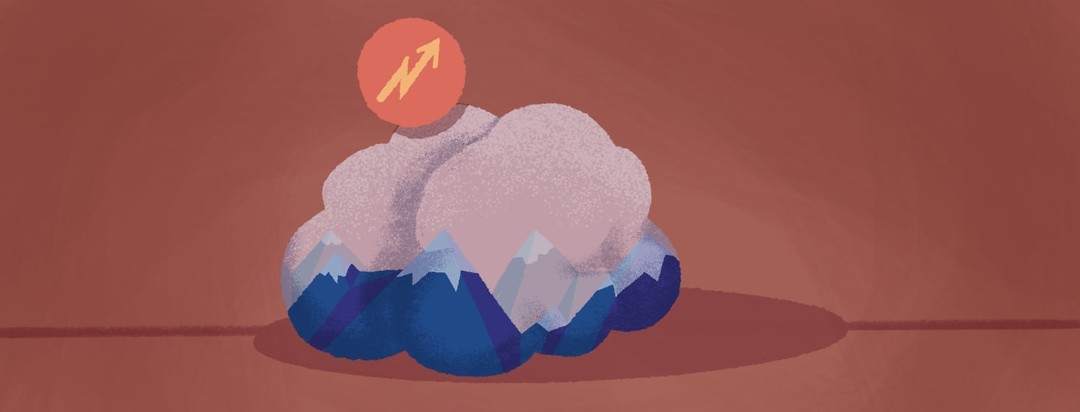Cluster Headache and High Altitude
Traveling to a high altitude may trigger the onset of cluster headache. A change in altitude can affect cerebral blood flow.1 Cluster headache is a form of primary headache that can be classified as episodic and chronic. They are truly painful and attributed to changes in the hypothalamus region of the brain which controls the biological clock.
The exact cause and pathophysiology of cluster headache is not well understood.1,2 Researchers looked at the effectiveness of headache treatment at high altitudes and at sea level.
Standard treatments for cluster
The two treatments most effective in managing acute attacks are oxygen and sumatriptan.1,2 Reports are that 60% of people with cluster headache respond to oxygen therapy experiencing notable pain reduction within half an hour, and even more, around 75%, experience immediate relief with sumatriptan.
A case study involving high-altitude and use of oxygen
Researchers conducted a case study on 1 woman, age 40, who had a 15-year history of cluster headache.1 She developed headaches 1-2 times a year, lasting around 3 weeks apiece. She effectively treated her typical cluster headache with 6 mg sumatriptan injections. These treatments were typically administered at sea level, the altitude of her hometown.1
When traveling by car into the mountains the woman developed a cluster headache episode when she reached 1400 meters of elevation. She had not been at high altitude when she last experienced a cluster headache cycle. Initially, she treated her headache with the regimen of a sumatriptan injection. The treatment did not work as it usually did, nor did a repeat administration of the medication. Her headache lasted 35 minutes. The next day she experienced two additional attacks, both of which she again treated with sumatriptan injections, again experiencing no relief from the treatment.
Acheiving pain relief at high-altitudes
Researchers prescribed an alternate treatment. They made an immediate change to oral prednisone 60 mg/day, and verapamil tablets 160 mg/day, medications that had worked for her in previous circumstances. Then she was instructed to try inhaled 100% oxygen at a flow rate of 7 l/min by facial mask for 15 minutes. The next time she had a headache attack she used the oxygen treatment and the pain resolved within 5 minutes of oxygen inhalation. This treatment achieved quick and complete pain relief while she was in the high-altitude area.
When returning to her hometown, the next time she experienced an attack she treated it with a sumatriptan injection, and the headache once again resolved quickly. Oxygen therapy was also used and was again effective. Researchers found that not only did oxygen reduce the pain of an immediate headache but helped to reduce the frequency of headaches in the cluster.
Predictors of effective treatment
Researches have tried to identify predictors of treatment response to oxygen and sumatriptan in people with cluster headache. They found that those who are younger had a more successful response to sumatriptan, but that this medication appeared ineffective when used at high altitudes.
More research needed
Cluster headache at high altitude appears to stimulate vasodilation, affecting the mechanism of action of sumatriptan, rendering it ineffective. Meanwhile, the fact that oxygen therapy can be effective in reducing cluster pain, supports the view that the vasoconstriction, the narrowing of blood vessels, as a result of (mediated by) oxygen operates on a different neuro-response pathway than sumatriptan alone.
Future research may help to clarify physiological pathways that can benefit from the specific mechanisms of oxygen and sumatriptan in management of cluster headache. This may provide more specific guidance on when each treatment might be most effective.

Join the conversation